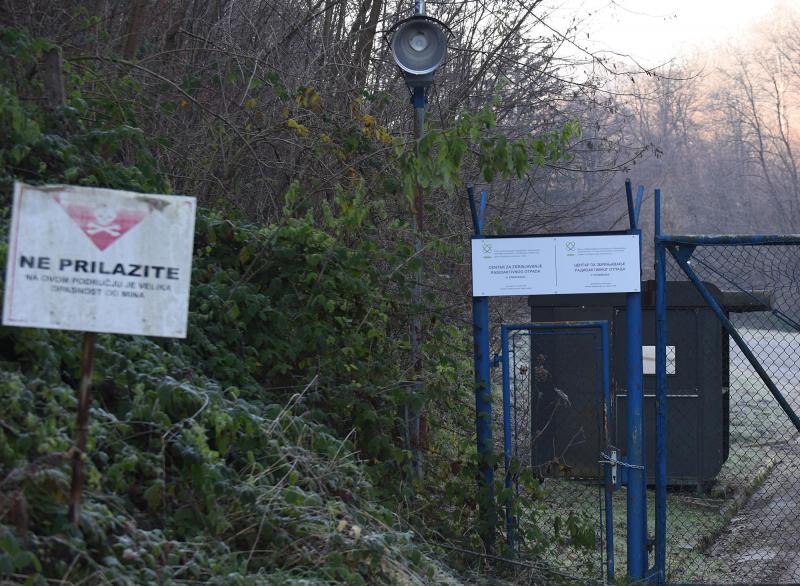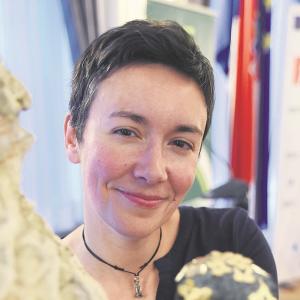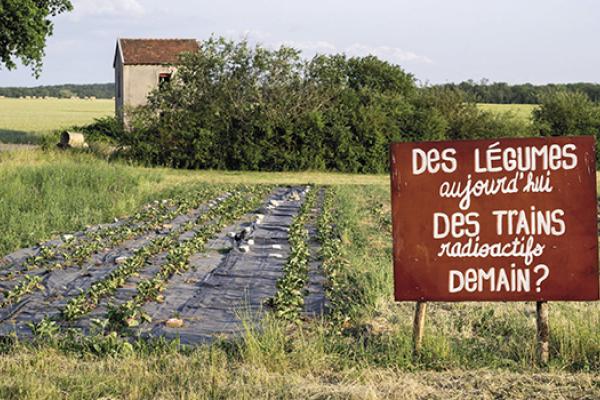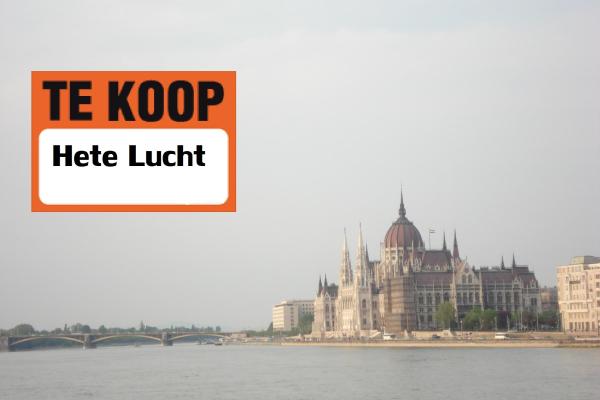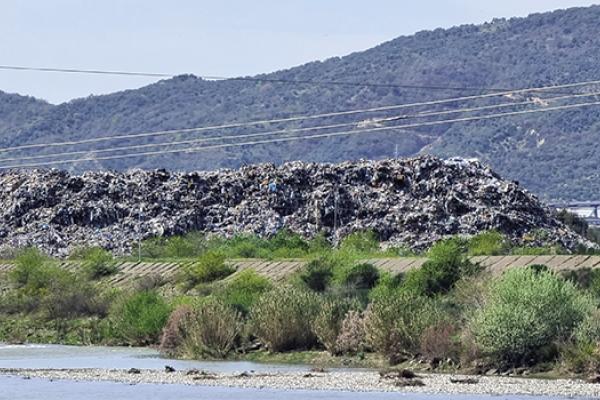Why is Croatia after 30 years of search now in panic mode to catch the deadline for dangerous waste management?
Croatia is one of the European nuclear countries which still doesn’t have a fully operational facility for any type of nuclear waste. But in Croatia’s case, this problem has a looming deadline – as joint owners of nuclear plant Krško, Slovenia and Croatia are obligated to each take half of the accumulated low and intermediate level nuclear waste till 2023, otherwise plant won’t be able to properly function anymore.
Croatia’s search for the low and intermediate radioactive waste repository started already in the eighties. But despite having more than three decades for this task, one year before the final deadline the country ended up with only one preferable location which still hasn’t been confirmed as suitable with detailed field studies. The officials admit there is no alternative now. So how does one country get itself in this kind of situation after more than a three-decades-long process?
This cross-border investigation shows that this process was on more than a few occasions far from recommendations from the IAEA and the European Commission which says that the site selection for the nuclear waste facility should be predominately scientifically driven and as much as possible detached from politics, with the local community highly involved in decisions. The Croatian case is a vivid example of how the complex waste management problem is tackled in countries where science, transparency and public interest are often less important.
Back in the eighties, site selection started with high scientific criteria, with 4 locations carefully proposed following years of scientific analyses. But one decade later, three of these four were dismissed in parliament without almost any discussion and scientific arguments, after a group of politicians made amendments. The whole process then stood still for another 15 years when official warnings from the European Commission prompted the government to introduce the Strategy and National program for radioactive waste management. While doing so, they suddenly introduced a new preferred micro-location Čerkezovac in the former army facility and decided to build above-ground temporary storage which will last for only 40 years instead of a more permanent repository.
There was not much transparency in general about some of the decisions during the process – for example, we have to search through the parliament sessions archive to find out that the other three possible locations were dismissed without scientific arguments. The research paper named to be the main argument for Čerkezovac as the definitive location choice today is not available in any usual database or on request from officials. Local communities around Čerkezovac were predominately against hosting the future waste management centre and filed official appeals, but that hasn’t made any difference. While some other countries are more or less determined to get voluntary acceptance for waste facilities from local communities - which usually results in a prolonged path to the solution, Croatia is an example of a nuclear state that doesn’t take public opinion very seriously.
Three years ago, negotiations with the Slovenian government to manage both parts of waste in Slovenian future silos type repository also failed. More detailed field studies at Čerkezovac site started at the end of 2021. and an environmental impact study has yet to be conducted. The results, it seems, will hardly matter, because the clock is ticking and there is no alternative.
Scorie a riposo - The Italian way of dealing with our nuclear waste
The history of nuclear waste management in Italy goes back more than 30 years. After shutting down its then 3 active nuclear plants, following the result of a public referendum in 1987, the country has waited more than 10 years to even start the process of nuclear waste management. SOGIN, a state-controlled company, has been encharged from 1999 on, to manage both the decommissioning of the nuclear plants and the management of part of the nuclear waste produced in other processes, such as in scientific research and medical applications. Currently, there are more than 20 local private companies involved in the management of small and yet significant quantities of nuclear waste in different locations. Not all of them seem to offer the highest standard of safety requirements.
In 2010, came the decision to build a national deposit for the permanent storage of low and medium radioactive material (the highly radioactive one should be stored there temporarily waiting for a unified European solution). In 2014, a technical report was published by ISPRA, the National Institute for environmental research and protection, with a number of stringent requirements leading to the exclusion of a location as a potential deposit. A list of potentially adequate locations was produced but was kept secret until late 2020. Finally, last year, a more transparent process was launched, with the publication of the map of the potential location and a series of public consultations. At the end of 2021, more than 300 entities had contributed to the open consultation and a final list of the 67 areas potentially adequate, CNAPI, was published. But none of the local communities was willing to host the deposit. SOGIN had then produced a new list, currently in the hands of the Ministry of the ecological transition. This list has not been made public yet. A new round of consultations should then take place, leading to the final decision by the end of 2023.
This investigation focuses on four aspects. The first one is the process of selection, its transparency and its coherence. We are trying to see how much the process is a truly open and participatory one and how the final decisions will be taken. The second aspect is that of the scientific evaluation of safety and appropriateness of the selection. Are the requirements listed in 2015 fully respected and, more importantly, are there new requirements emerging from newer assessments of risk (seismic as well as climate and hydro-geological) fully taken into account? Finally, the third line of investigation is that of the current management of the radioactive waste in the country, looking at the more than 20 private companies that have that in their hands. The fourth line of investigation is that of the significance and of the sustainability, both environmental and socio-cultural, of building deposits meant to store waste that will be handed over to future generations for hundreds, if not thousands of years to come.
